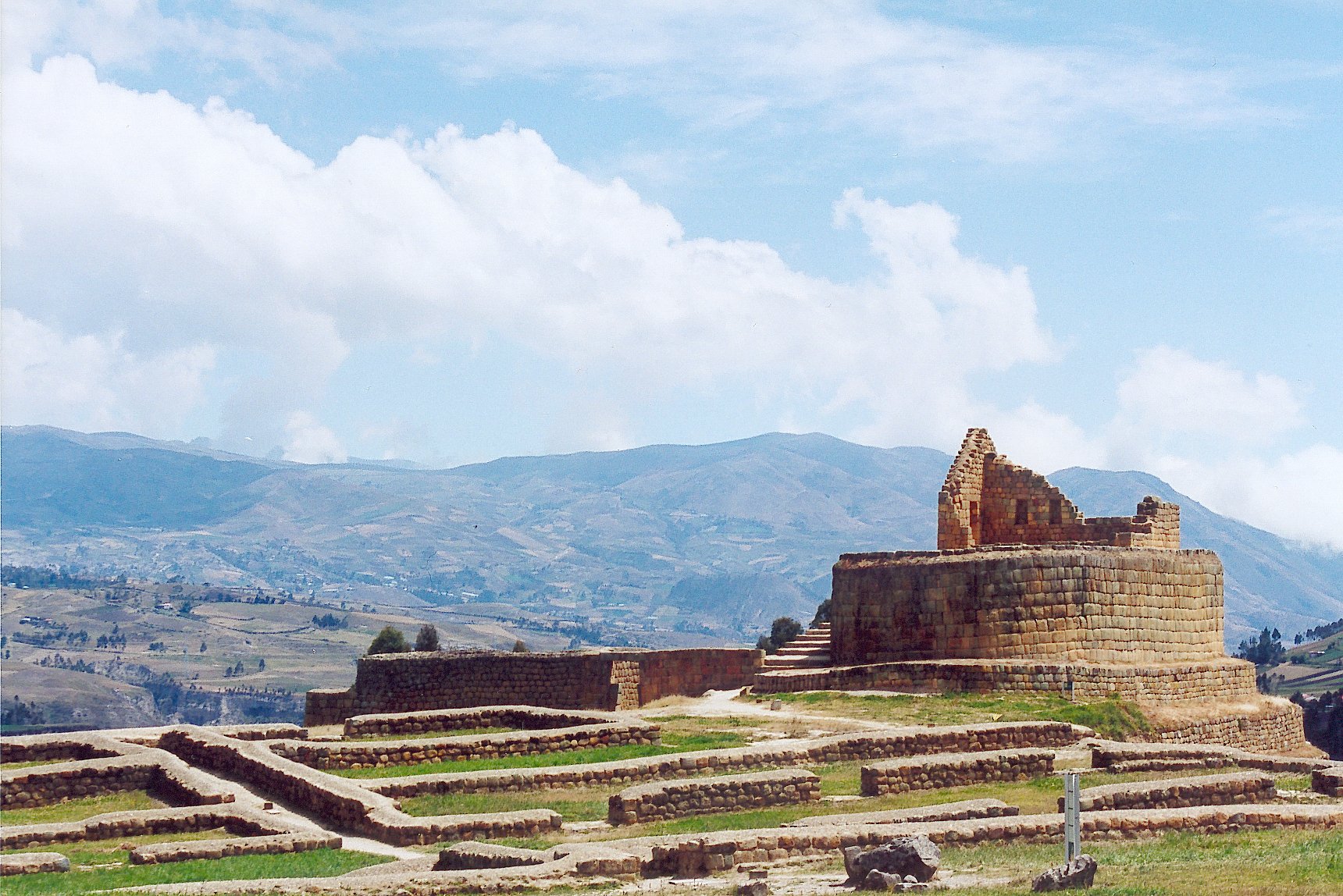🇪🇨map Ecuador [Culture]

Historical Context
Ecuador’s story is layered, and you feel it as soon as you step from the Coast into the Andes and then east toward the Amazon. Long before Spain arrived, diverse indigenous societies thrived here, and later the Inca briefly wove parts of the region into their empire, spreading Quichua as a lingua franca in the highlands and Amazon. Spanish conquest reshaped daily life, faith, and language, but indigenous traditions persisted and still anchor many communities. Afro‑Ecuadorian histories are also central—self-liberated Africans established strongholds along the northwest coast in the 16th century, shaping a proud culture that endures today. This blend—indigenous, Afro‑Ecuadorian, and European—still influences politics, identity, and the regional character that defines modern Ecuador.
People and Demographics
Ecuador is multicultural and multiethnic, with large mestizo populations alongside significant indigenous nations and two distinct Afro‑Ecuadorian cultures. People commonly identify with three mainland regions: the Coast, the Sierra (Andes), and Amazonia/Oriente, each with its own rhythm and social codes. Cities like Quito and Cuenca in the Sierra lean formal and status‑conscious, while coastal hubs such as Guayaquil and Manta prize being listo and vivo—quick to respond and seize opportunities. Despite mobility between classes, social stratification remains visible, and discrimination toward indigenous and Black Ecuadorians persists even as national pride binds people together as ecuatorianos.
Language and Communication
Spanish is the national language, but Ecuador is linguistically rich, with thirteen indigenous languages still spoken; Quichua dominates in the Sierra and Oriente, and Jivaroan languages are present in the Amazon. You’ll notice regional Spanish nuances, and code‑switching between Spanish and Quichua in some communities. English fluency varies; in professional and tourist circles you’ll find it, but daily life works best with Spanish. Communication styles shift by region: the Sierra tends toward formal, polite interaction, while the Coast favors a more agile, opportunistic conversational style. Non‑verbal cues matter—warm greetings and eye contact help you build trust wherever you go.
Social Values and Norms
Family is central, and the midday meal around 2 p.m. is a cherished time to gather, often stretching into a couple of hours on weekends. Social life can be status‑conscious, particularly in the highlands where ties to education, class, and “dignity” shape how people move through public spaces. Work and opportunity are valued, but life isn’t only about the grind; people take time for long lunches, family milestones, and neighborhood events. Concepts of punctuality flex by context—business settings in major cities can be timely, but social schedules are often relaxed.
Religion and Spirituality
Catholic Christianity is deeply woven into urban and highland life, visible in holidays, plazas, and family rituals. At the same time, indigenous spiritual traditions persist, especially in the Andes and Amazon, where community festivals and healing practices reflect older cosmologies. Many Ecuadorians blend Catholic observance with local customs, creating a lived spirituality that’s both traditional and adaptive. As a visitor, you’ll see faith expressed in public festivals, home altars, and the seasonal rhythm of processions and saints’ days.
Social Acceptance and Inclusion
Ecuadorians share a strong national identity, yet daily life is colored by class, race, and region. Being blanco remains symbolically tied to power and mobility, and people speak openly about blanqueamiento—the idea of “whitening” as a path upward—though it’s increasingly questioned. Indigenous and Afro‑Ecuadorian communities have contributed enormously to culture and politics, even as discrimination continues in access to wealth and influence. Foreigners are generally welcomed, but respect for local hierarchies, language, and community norms goes a long way in building genuine connections.
Arts and Expression
Culture shows up at the table and on the street: soups are a national love language, from coastal fish and coconut chowders to Andes potato broths, with street vendors dishing out hearty, affordable meals. Traditional crafts and textiles carry regional identity, while coastal music and highland festivals animate public life with dance and drumming. Urban centers cultivate contemporary art and performance alongside deep-rooted storytelling traditions that draw on indigenous, Afro‑Ecuadorian, and mestizo heritage. Fashion and personal style vary—more formal in the Sierra, relaxed and expressive on the Coast.
Social Life and Relationships
Friendship often starts with food. Long lunches, weekend almuerzos, and neighborhood gatherings are the easiest on-ramps to local life. Social etiquette tilts formal in the highlands—polite greetings, handshakes, and measured tone—while the Coast is more spontaneous and lively. Small, thoughtful gestures—bringing pastries to a host, accepting a second serving of soup—signal respect and warmth. As you build relationships, expect invitations to expand from the café to the family table.
Education and Intellectualism
Education carries social weight, especially among elites and the upper‑middle classes who prize academic credentials and professional achievement. Families invest heavily in schooling as a pathway to mobility and recognition. Public life reflects this emphasis, with debates and civic conversations often framed around education and merit. You’ll find a culture that values informed opinions alongside practical know‑how.
Integration for Foreigners
Settling in is easiest when you embrace regional differences: be a bit more formal up in Quito and Cuenca, and more nimble and social in Guayaquil and the Coast. Spanish will unlock daily life; learning local phrases—and a few words of Quichua in the Sierra or Oriente—earns real goodwill. Expect class and status cues to shape interactions, but shared meals and consistent participation in community routines help flatten barriers. Take the long lunch as a cue: slow down, listen closely, and relationships will follow.
Maria
Maria is a bilingual travel writer and immigration consultant originally from Mexico City, with extensive
experience living and working across Latin America. She spent her early career as a journalist covering
cross-border migration and expatriate communities throughout Central and South America. Having personally
navigated complex visa processes in multiple countries including the United States and Spain,
Maria understands firsthand the challenges faced by Latin American professionals seeking international
opportunities.
Published: 2025-04-29